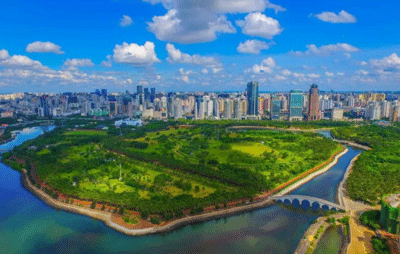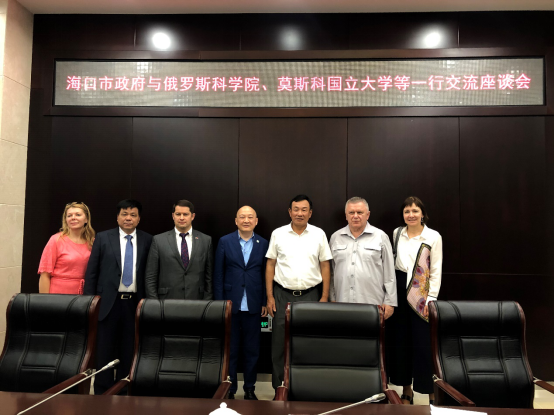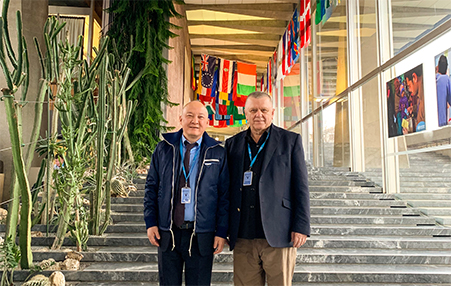 Welcome to international Exchange Committee China of non public medical institutions
Welcome to international Exchange Committee China of non public medical institutions
 Welcome to international Exchange Committee China of non public medical institutions
Welcome to international Exchange Committee China of non public medical institutions
New outlet for medical cooperation with Australia: the opportunity for the construction of Lingang Life Science Park
In order to actively respond to the national call and gather innovative resources in the field of world-class advanced medical technology, IMECC and the Lingang Group worked together to establish the“Lingang International Life Science Park”,in the Lingang New Area of the Shanghai Free Trade Zone to make it the first-class highland area where the national and even global advanced medical industry gather, integrating the four major industrial platforms ofinnovative medical technology incubation platform, Asian medical center, international medical talent cultivation base and trade center.
To this end, the IMECC international medical cooperation and exchange delegation came to Melbourne, Australia, and planned to introduce top-level research facilities, scientific researchers and strong and flexible regulatory mechanisms to the Lingang International Life Science Park to lead the innovative development of the Chinese medical industry.
IMECC boosts China-Australia medical co-construction,
Overseas medical facilities will land in Lingang, China
Cheng Wenhao, Executive Deputy Director and Secretary-General of IMECC, said that the eventshowed Australia's strong capabilities in the field of medical technology and pharmaceuticals, and also provided a wide range of exchange opportunities for international representatives, especially clinical trials and Australian R&D tax incentive program.
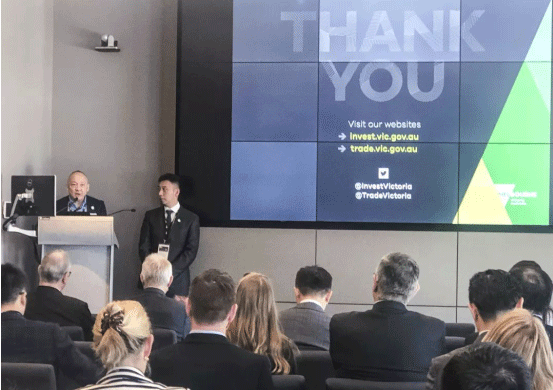
At the same time, he also briefed the guests on the development of China’s socially-run medical institutions market and status quo of IMECC’s international medical cooperation.He said that with China’s increasing policy support for socially-run medical institutions, the number of private medical entities in China is constantly increasing, more advanced medical technology, better clinical research environment, more cutting-edge medical talents and more cutting-edge special medical servicesare just what the medical market needs today. Australia has unique medical conditions and supporting policies that will definitely be fully utilized and generalized in China’s huge socially-run medical institutions market.In addition, the latest medical support policy of the Lingang New Area of the Shanghai Free Trade Zone in China -- supporting overseas medical institutions to run in the Lingang New Area, and thus introducing overseas medical technologies and products to China,Therefore, it is time for both countries to carry out the medical cooperation.
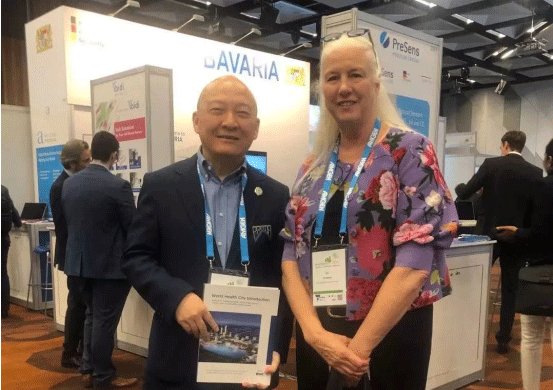
(Cheng Wenhao, Executive Deputy Director and Secretary-General of IMECC, and Jan Tennent, CEO of Victoria Biomedical Research)
"Global Biotech Industry Day" held in Australia
A few days ago, the Global Biotech Industry Day was grandly held in Melbourne, Australia. The delegation of the International Medical Exchange and Cooperation Committee (IMECC) of the Chinese Non-government Medical Institutions Association was invited by the Victorian government to visit Australia together with teams of medical elites from around the world, and participated in theVictoria Global Programorganized by the Victorian government in Melbourne, having deep insight into the Australian medical industry and entering into many intentions on cooperation.
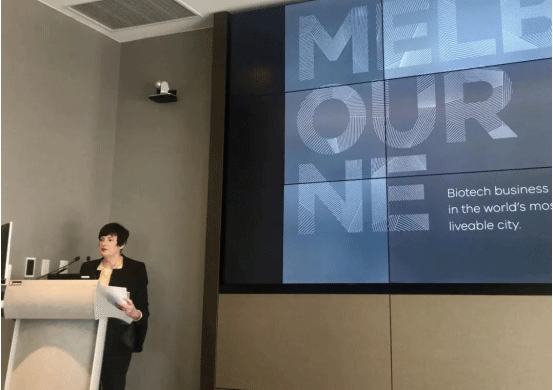
Libby O'connor, Victoria's Senior Trade Manager for Global Healthcare Technology and Pharmaceuticals, represented the Victoria government to give a keynote speech on the local medical technology, pharmaceutical industry profile, Victoria’s health industry environment and pharmaceutical exhibitions. At the same time, a detailed interpretation of Australian’s policies related to international medical cooperation was made.
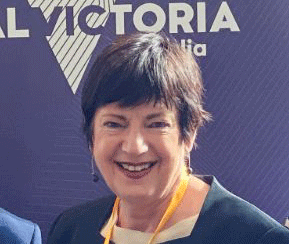
Libby O'connor
Victoria's Senior Trade Manager for Global Healthcare Technology and Pharmaceuticals
"The Australian government encourages biotechnology research and development activities. Regardless of whether it is a domestic or an overseas company, the Australian government provides corresponding tax concessions and deductions. In addition, Australia can also provide a good research and development environment."
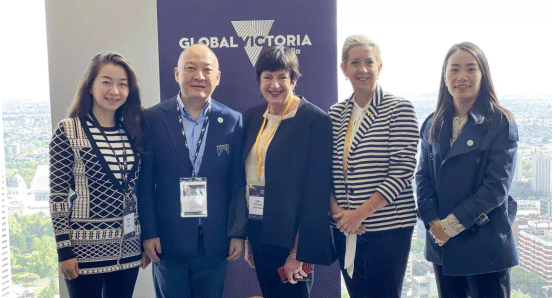
(From left to right: Candy, IMECC's representative in Australia, Cheng Wenhao, Executive Deputy Director and Secretary-General of IMECC, Libby O'connor, Victoria's Senior Trade Manager for Global Healthcare Technology and Pharmaceuticals, Lisa Renkin, Deputy Commissioner of Victoria Government for Greater China, Ma Xiaoli, Director of International Cooperation and Exchange Department of IMECC)
In recent years, many domestic biotechnology startups have chosen to conduct clinical trials and other R&D activities overseas. In addition to the United States, Australia has become another preferred country for biotechnology startups to conduct clinical trials. In view of the wide population involved in clinical trials in Australia, the excellent environment, and the great R&D tax incentive (with the tax refund of up to 43.5% of R&D expenses), the law of intellectual property protection is perfect, especially the R&D tax refund can be refunded to the local bank account of the Australian subsidiary and used overseas, thus attracting many overseas biotechnology companies to settle in Australia.
It is understood that in the 2017-2018 financial year, the Australian government provided tax concessions in the amount of 3.1 billion Australian dollars (approximately RMB 14.9 billion) to enterprises eligible for review, which can be described as unprecedented support.
Australian "Life Science Park"
During the event, the IMECC delegation also visited St Vincent’s Hospital, Australia's first hospital-based research center for biomanufacturing, robotics and biomedical engineering. In particular,BioFab 3D,was breathtaking and led the innovation in medical technology applications around the world. The researchers, clinicians, engineers and industry partners here are using advanced BioAB3D facilities such as 3D bioprinters and tissue bioreactors to build biological tissue structures such as cartilage, muscles, bones, nerves and organs to repair damaged tissues.
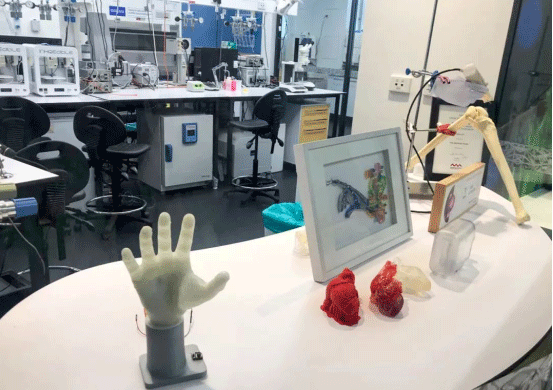
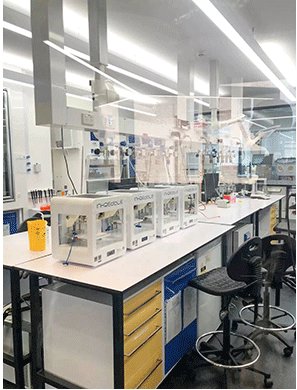
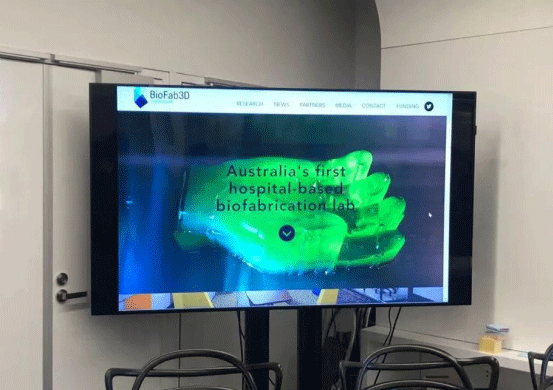
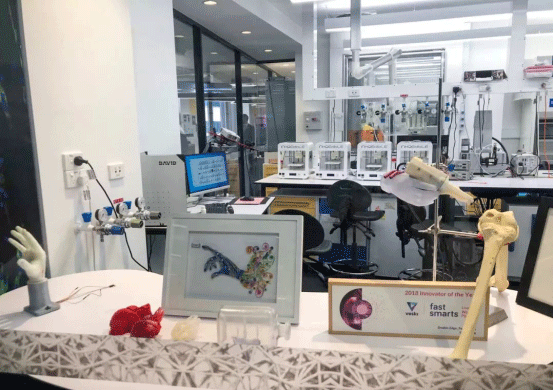
During this visit, in the Walter and Eliza Hall Institute of Medical Research (WEHI) , the world's top 100-year-old Australian research institute , IMECC walked through the corridor of time that recorded the 100-year history of the institute and witnessed the Nobel medals and various medals of honor quietly placed in the window. The Walter and Eliza Hall Institute of Medical Research (WEHI), founded in 1915, focuses on research themes such as infection, inflammation and immunity, cancer research and treatment, health development and aging, new drugs and advanced technologies, computational biology, etc.,dedicated to understanding the basic principles of biology and bringing new and more effective treatment methods to patients all over the world. The anti-cancer drug Venetoclax that has stirred the world and overturned traditional cancer treatment methods was successfully developed here.
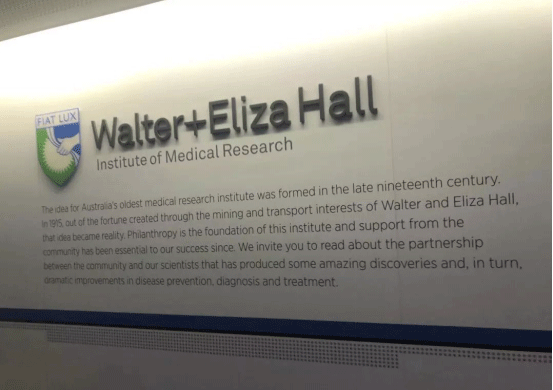
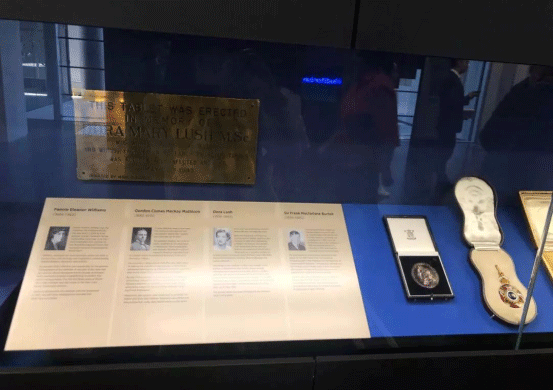
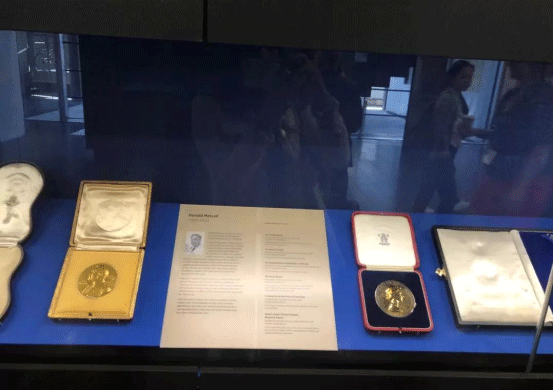
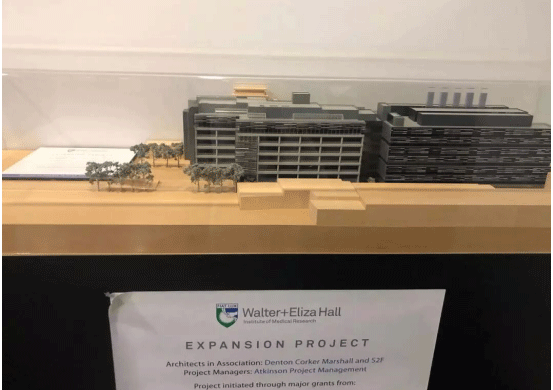
Through on-site exchanges, most institutions expressed their hope to establish a partnership with IMECC. In the future, they will be able to carry out in-depth cooperation in the fields of medical technology, medical institution cooperation, hospital co-construction, department co-construction, co-research and drug co-production. Through the IMECC service platform, more mature products and technologies in the Australian life science field have been introduced into the Chinese market, with Shanghai’s Lingang New Area as the starting point to introduce its advanced medicines, technologies, equipment and talents.
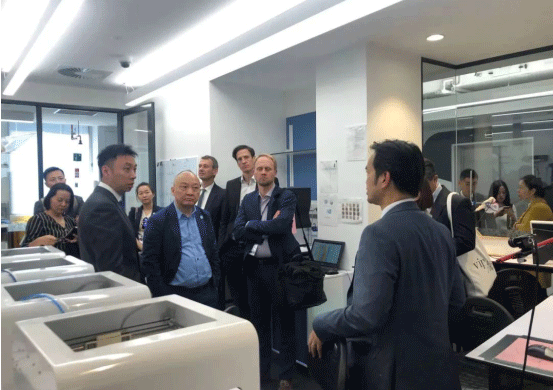
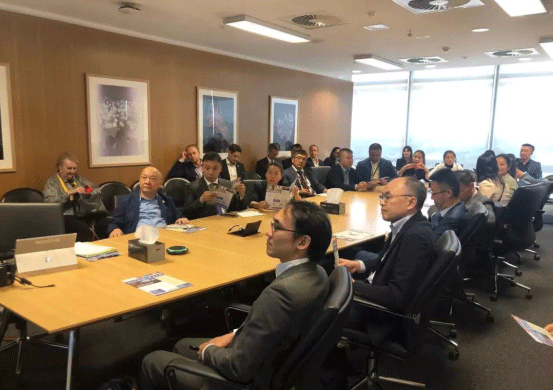
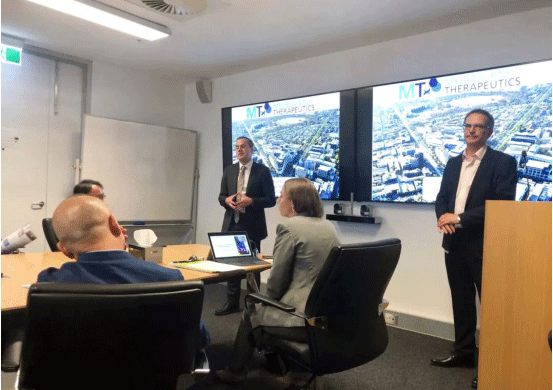
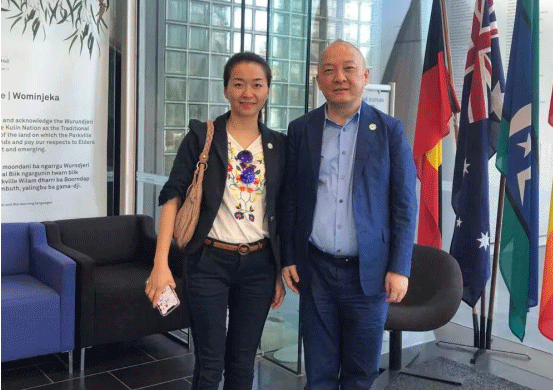
Life Science Park wants to snatch a share in Lingang New Area
As a service provider of international medical institutions, IMECC always takes integrating global high-quality medical resources as its mission, and aims to promote the international development of Chinese non-government medical institutions. Relying on the IMECC service platform, it can start from three aspects, i.e. medical and health resources, medical and health service system, medical and health service capabilities and levels, and introduce high-quality medical clinical technologies, products, devices, talents and management philosophies around the world including Australia, and establish the Life Science Park in Shanghai’s Lingang New Area to promote discipline construction of hospital departments at home and abroad to shape large-scale growth of medical economy and intensify China’s medical connection with the world to boost international high-quality development of our country’s medical industry.


